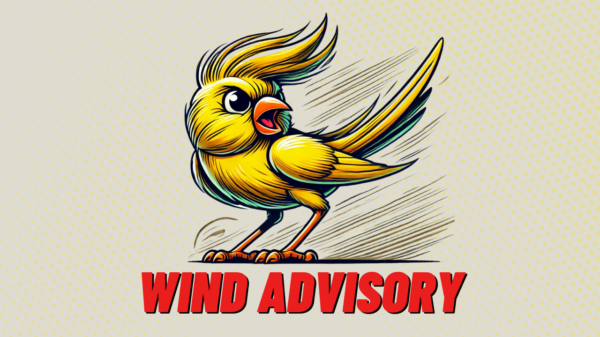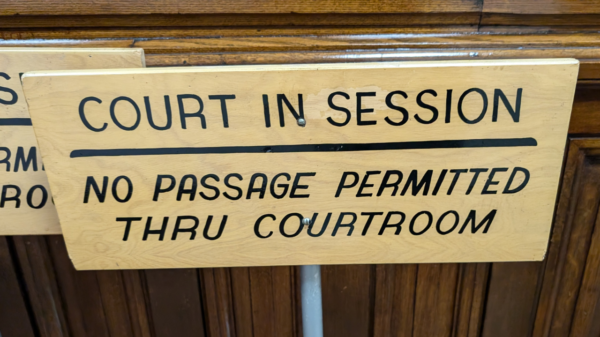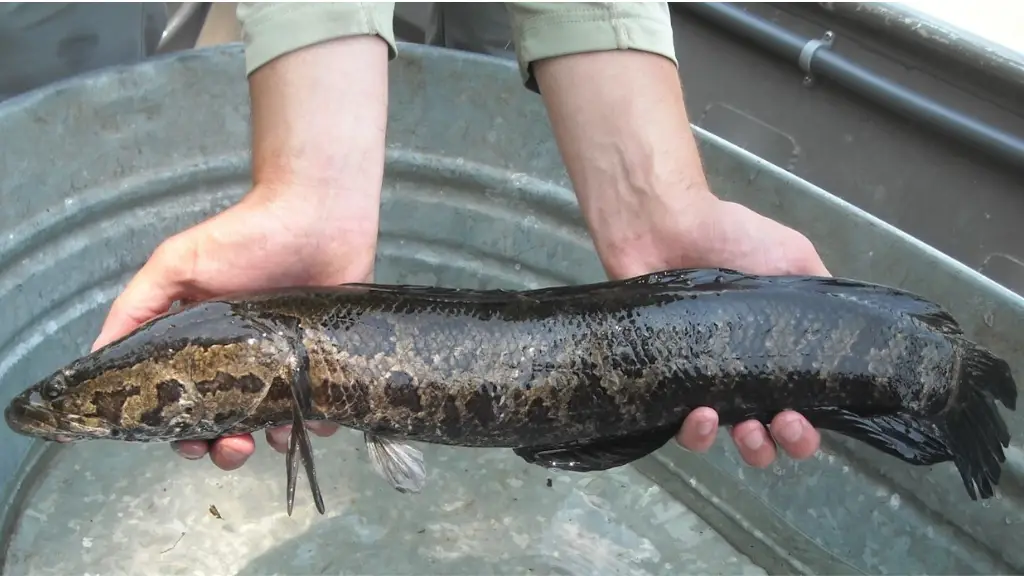The Pennsylvania Fish and Boat Commission (PFBC) has detected an increase in invasive Northern Snakehead fish in the lower Susquehanna River. The commission urges anglers to report and eradicate any caught Snakehead fish to help control the invasive population.
After finding several Northern Snakeheads in Conowingo Reservoir this summer, including evidence of breeding, the PFBC is heightening efforts to monitor and control the species. The first documented case of Northern Snakehead reproduction in this reservoir marks a concerning shift, as the snakehead was previously considered low in abundance.
The Northern Snakehead, unlike local species such as the American Eel and Smallmouth Bass, is invasive and poses a significant threat to the river’s ecological balance. Sean Hartzell, PFBC Aquatic Invasive Species Coordinator, has warned that the Snakehead’s predatory nature may negatively affect local sport fish populations and potentially hinder conservation efforts for regionally critical species like the American Shad and Chesapeake Logperch.
In an attempt to prevent further expansion of the Northern Snakehead population, the PFBC has joined forces with the Maryland Department of Natural Resources to manage the Conowingo Reservoir. Anglers are encouraged to report any caught Northern Snakeheads and are advised to either harvest or properly dispose of them. The PFBC provides a report link on their website for such cases.
Anglers are reminded that possessing, transporting, and importing live Snakeheads is illegal in both Pennsylvania and Maryland. Any violators may face legal consequences. There are no size or creel limits for Northern Snakeheads, and they may be caught using a hook and line, or through bowfishing.
Upon capturing a Northern Snakehead, anglers must immediately kill the fish, due to their robust nature and ability to survive out of water for extended periods. Appropriate methods of killing include beheading, removing the gill arches, or extracting the internal organs. The white meat fillets of the Snakehead are highly palatable and can be consumed, while the carcasses can be used as garden fertilizer or appropriately disposed of in the trash.
In a joint initiative with other resource agencies, the PFBC is following the guidelines outlined in the Rapid Response Plan for Aquatic Invasive Species and the Northern Snakehead Control and Management Plan. Director of the PFBC Bureau of Fisheries, Kris Kuhn, stated, “We rely on the active participation of anglers in the harvesting and reporting of caught Snakeheads to control the spread of this invasive species.”
To aid in their mission, the PFBC will be placing informational signs near river access points, encouraging anglers to harvest and report Northern Snakeheads. The commission is also strategizing with the Susquehanna River Anadromous Fish Restoration Cooperative and hydropower facilities to control invasive fishes like the Northern Snakehead and ensure optimal migratory fish passage.
Originally native to parts of China, Korea, and Russia, the Northern Snakehead was first reported in the Mid-Atlantic region in the early 2000s and has since proliferated through illegal introductions and natural dispersal. For further information on identifying and dealing with Northern Snakeheads in Pennsylvania, visit the PFBC’s snakehead resource page.
Photo: Pennsylvania Fish & Boat Commission
Subscribe to Coal Region Canary
Get email updates from Coal Region Canary by becoming a subscriber today. Just enter your email address below to get started!Support Coal Region Canary
Like our reporting and want to support truly local news in Schuylkill County? Your small donations help. For as little as $5, your contribution will allow us to cover more news that directly affects you. Consider donating today by hitting the big yellow button below ...


































